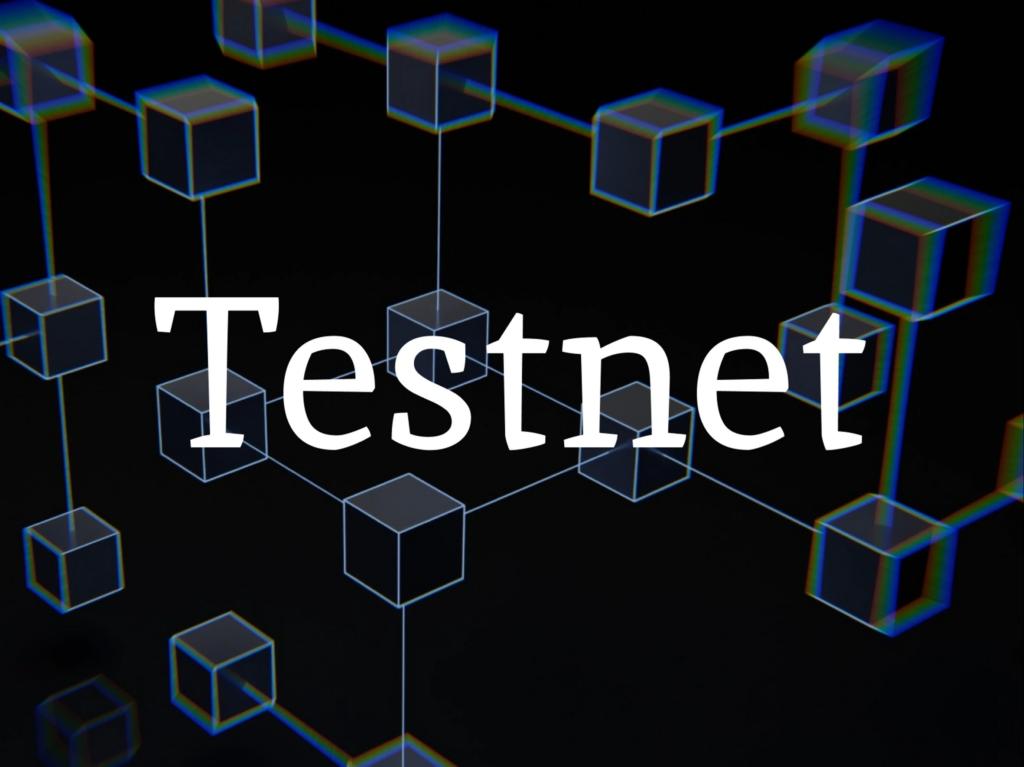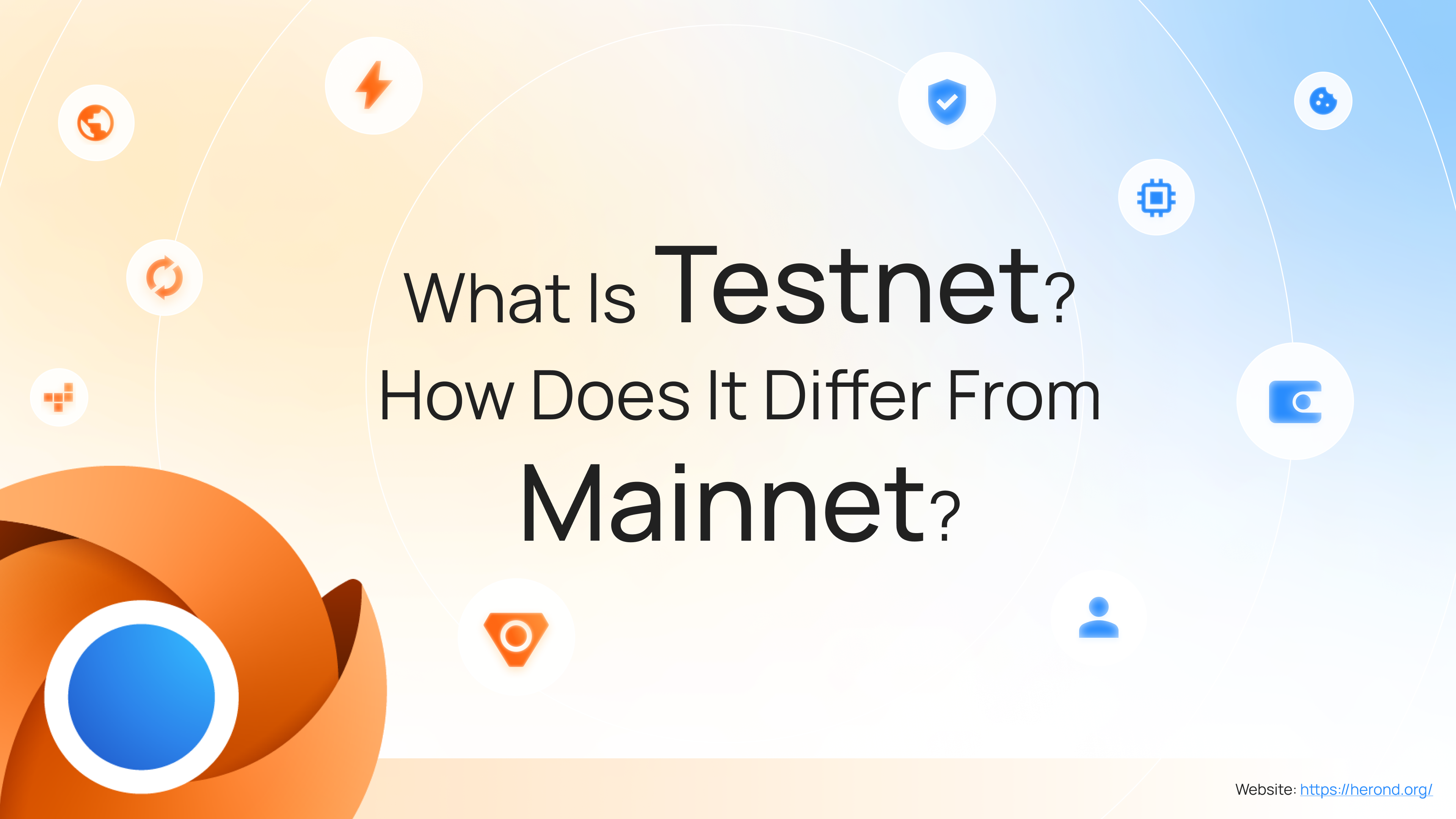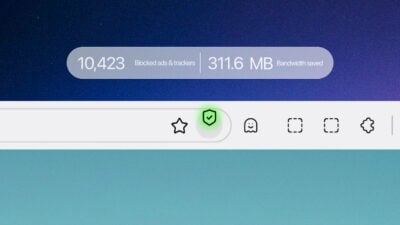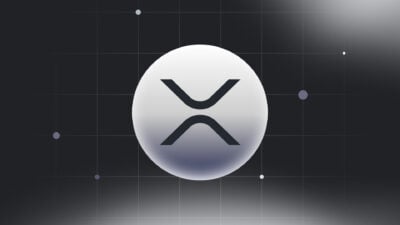In the developing realm of Blockchain technology, the demand for a simulation environment supporting the testing and auditing of new products and functionalities are increasingly higher than ever. This kind of testing environment is called a “Testnet”. On the contrary of testnets, we will have the Mainnet, which is the real blockchain network. This is where real transactions are made along with the real monetary values.
This article aims to give you a clear understanding of the question “What is a Testnet”. This also discusses the key distinction between Mainnet and Testnet. So, let’s start diving into the new knowledge of the Crypto world!
What is a Testnet?
A testnet, short for “test network”, is a separate identical copy of a blockchain network. This also created for the purpose of testing and development in the cryptocurrency and blockchain areas.
In other words, it operates as a simulation environment in which developers and users are allowed to conduct experiments with new products and features, test software upgrades, and identify potential issues before integrating them into the main blockchain network – so-called the Mainnet.

The Purposes of Testnet in Crypto
Understanding the general purpose of Testnests is still not enough for you to imagine the practical applications of this blockchain network. So we will help you to know what are the detailed benefits of testnests in the Crypto world. Let’s find out!
- Code Testing and Debugging
The simulation blockchain networks allow the developers to deploy and test their functionalities. This helps them to identify and fix bugs (if any), vulnerabilities, or unexpected issues before launching on the main blockchain network.
- Security Audits
Testnets provide a controlled environment for security experts and auditors to assess the code for vulnerabilities and potential security threats. From that, they can take action timely to ensure a secure Mainnet.
- Protocol Upgrades and Fork Testing
Before implementing any upgrades or changes to the blockchain protocol, developers often test them in a simulation environment to evaluate their impact on the network. This process helps prevent issues such as network splits or unintended consequences during a protocol upgrade.
- Network Stability and Performance Testing
The testing networks allow developers to simulate various network conditions, such as high transaction volumes, to assess how the blockchain network performs under different scenarios. This helps in optimizing and improving the stability of the network.
Difference Between a Testnet and a Mainnet
Besides the difference in the purpose of these two blockchains as aforementioned, there are many other key distinctions between a Testnet and a Mainnet. Let’s discover through the summary table below!
| Criteria | Mainnet | Testnet |
| Objective | Facilitating “real-world” cryptocurrency transaction and operations | Testing and experimentation |
| Token Value or Coins | Real token value→ Require native token | Fake coins→ Not require any monetary fees |
| Network IDs | Typically starts with “1” | Typically starts with “3” or “4” |
| Nodes | Large network of nodes | Limited nodes |
| Transaction | Real assetsHigher frequencyRecorded permanently and visible | For testing and development purposesLower frequencyNot recorded permanently |
| Security | Strictly follow important standards for encryption, smart contract audits and consensus mechanisms→ Higher security | Primarily for testing and experimentation |
| Consensus Mechanisms | Two primary methods including Proof of Work (PoW) and Proof of Stake (PoS) | Primarily focus in experimenting various consensus protocols and explore their implications |
| Impact | Significant impact because it is the “live” network and visible to the public | Mainly used for testing and developing new functionalities |
| Token transfer | Assets from the Mainnet cannot be sent to the Testnet | Assets from Testnet can be transferred to Mainnet.*In these cases, it is essentially required to take the product tested on the simulation environment and deploy it to the real blockchain. |
| Interface | More seamless | Less developed |
| Bug bounties | Bigger-scale bug bounties for security on the Mainnet | Smaller-scale bug bounty programs on Testnet |
Setting Up a Testnet
Setting up a Testnet involves creating a separate blockchain network that replicates the conditions of the Mainnet but operates in a controlled and isolated environment for testing purposes.

Below explains the general 6 steps of this process. Remember that the specific steps and commands may vary depending on the blockchain platform of your choice. Therefore, it is important to always refer to the official documentation of the blockchain platform for detailed and platform-specific instructions.
- Choose the Blockchain Platform
Examples of Blockchain Platforms: Ethereum, Bitcoin, Binance Smart Chain, etc.
- Install the necessary software
Based on the blockchain platform of your choice, it is required to install the relevant required software, which could include node software, development frameworks, and tools for interacting with the blockchain.
- Configure Network Parameters
A Testnet must be a separate environment, so it is required to modify the configuration settings such as network ID, genesis block details, block time, and consensus algorithm.
- Set up Genesis Block
Genesis Block contains the initial configuration and information about the network, so it is very crucial to define it carefully to have the most suitable simulation environment.
- Run nodes
Nodes will communicate with each other to form the Testnet blockchain, so it is important to ensure that the nodes are configured to connect to the Testnet and not the Mainnet.
Moreover, in case it is required to use the simulation environment for testing purposes. It is recommended to consider setting up a faucet. A faucet is a service that distributes Testnet tokens to users. Users can request tokens from the faucet to use on the Testnet.
- Interact, monitor and Debug
At this time, you can use wallets, development frameworks, or other tools to interact with the Testnet, which can include deploying smart contracts, sending transactions, and testing various functionalities.
Then, it is greatly crucial to keep monitoring and use debugging tools to identify and resolve problems with a view to ensuring the stability and reliability of the testing blockchain network
Moreover, it is highly recommended to encourage the community members, developers, and users to participate in the testing phase, which will surely help to provide insightful feedback and address issues that may not be discovered during the initial stage.
Common Use Cases for Testnets
They are primarily used for the aforementioned purposes in this article. It means that they are the testing environment used to make sure every aspect of the blockchain network is well developed. Therefore, Testnets serve as essential environments for various stages of development, testing, and experimentation, ultimately contributing to the robustness and reliability of the main blockchain network.
Let’s take a specific example illustrating the use case for Testnets. For Ethereum 2.0 Development, which is a major upgrade to Ethereum, it involves the transition from a proof-of-work (PoW) to a proof-of-stake (PoS) consensus mechanism. In this case, Testnets like Medalla were crucial for testing and refining Ethereum 2.0 features before the Mainnet launch.
Conclusion
To sum up, Testnet is a crucial factor influencing and supporting the technological development phases by creating an ideal simulation environment for developers to try out their new functionalities and use it as a proof for their confidence to launch them into the live and operational blockchain network, where any transactions are of monetary value. Although Testnet and Mainnet have many key differences, they need to come together for the ultimate goal of successful Blockchain technology.
About Herond Browser

Herond Browser is a Web browser that prioritizes users’ privacy by blocking ads and cookie trackers, while offering fast browsing speed and low bandwidth consumption. Herond Browser features two built-in key products:
- Herond Shield: an adblock and privacy protection tool;
- Herond Wallet: a multi-chain, non-custodial social wallet.
Herond aims at becoming the ultimate Web 2.5 solution that sets the ground to further accelerate the growth of Web 3.0, heading towards the future of mass adoption.







